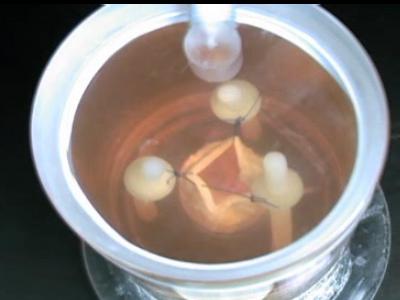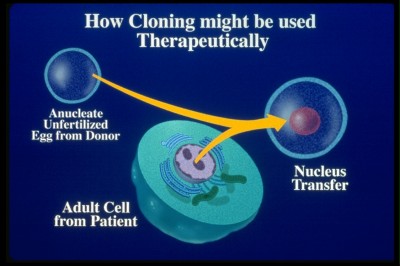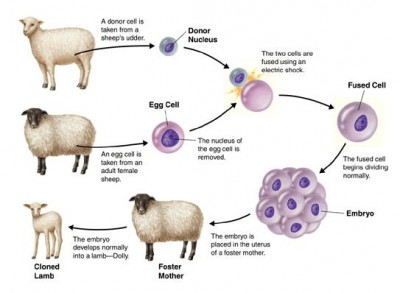Difference between Therapeutic Cloning and Reproductive Cloning

Cloning is an advanced branch of biological science which involves the process of producing the similar population of genetically identical individuals. It can be understood as an artificial process of reproducing new species, just like bacteria, insects or plants reproduce asexually. There are also different types of cloning, with reproductive cloning and therapeutic cloning being the most popular types. The purposes of these two types are entirely different despite they have a common phenomena.
Therapeutic cloning involves the regenerative medicines which aim to manufacture human tissues and organ materials. It is a combination of cellular biology, engineering and material manufacturing methods at the same time. Therapeutic cloning capitalises upon regenerative capabilities within body cells and use genetic material to ‘grow’ human tissues and organs.
Reproductive Cloning uses the DNA from living organism cells to create a new version of that particular specie. The new genetic copy might not be exactly the same as the original one but it possesses the similar chromosomal or nuclear DNA.
Instructions
-
1
Therapeutic Cloning
This process involves using embryonic ovum container to produce new cell and then plant it among the mass of cells and tissues for stimulating the growth of new tissues. Therapeutic cloning use female discarded ovum cells (only those cells are used which have failed in the fertility trials and no actual embryo is destroyed in this process) to harvest embryonic stem cells. The original DNA is removed from the cells and a donor DNA is injected in its place so that the ovum cells are electrically stimulated to initiate embryonic growth. Despite of its effectiveness, therapeutic cloning is not considered ethical among a huge community in the United States. Liberal groups are in favour of this methodology, whereas a significant proportion of people hold the middle ground in this perspective.
Image Courtesy: therapeuticcloningprocessandethics.blogspot.com
-
2
Reproductive Cloning
This process involves taking genetic material from a donor egg and placing it inside an egg with no nucleus. The cell division of new egg is initiated by chemicals and electric currents and then it is placed in a female host for reproduction of new specie. Reproductive cloning effectively helps infertile couples to have children but those who oppose this method are of the view that it will significantly diminish the uniqueness of individuals. On the other hand, 95 per cent of animal cloning has resulted in miscarriages, stillbirth and life-threatening conditions as well.
Image Courtesy: freewebs.com







